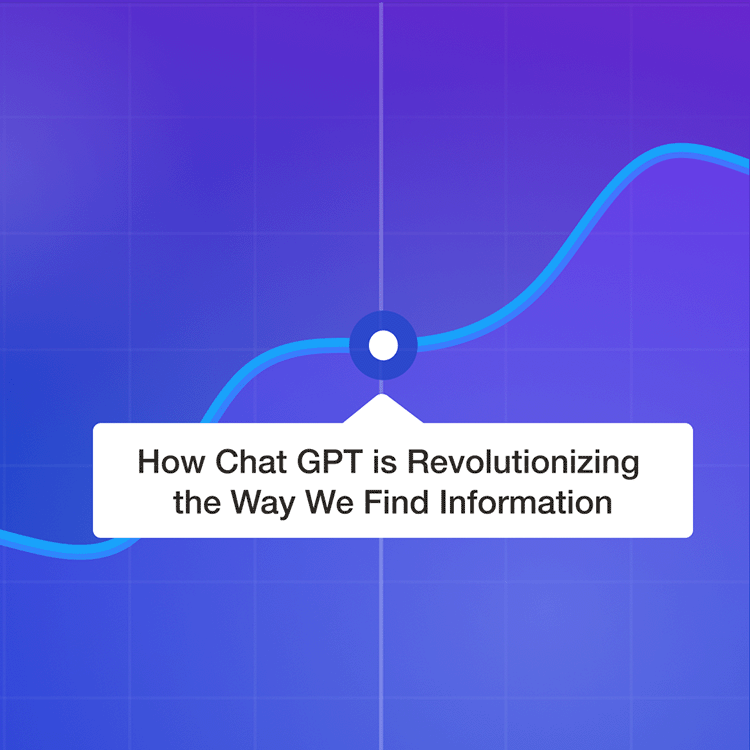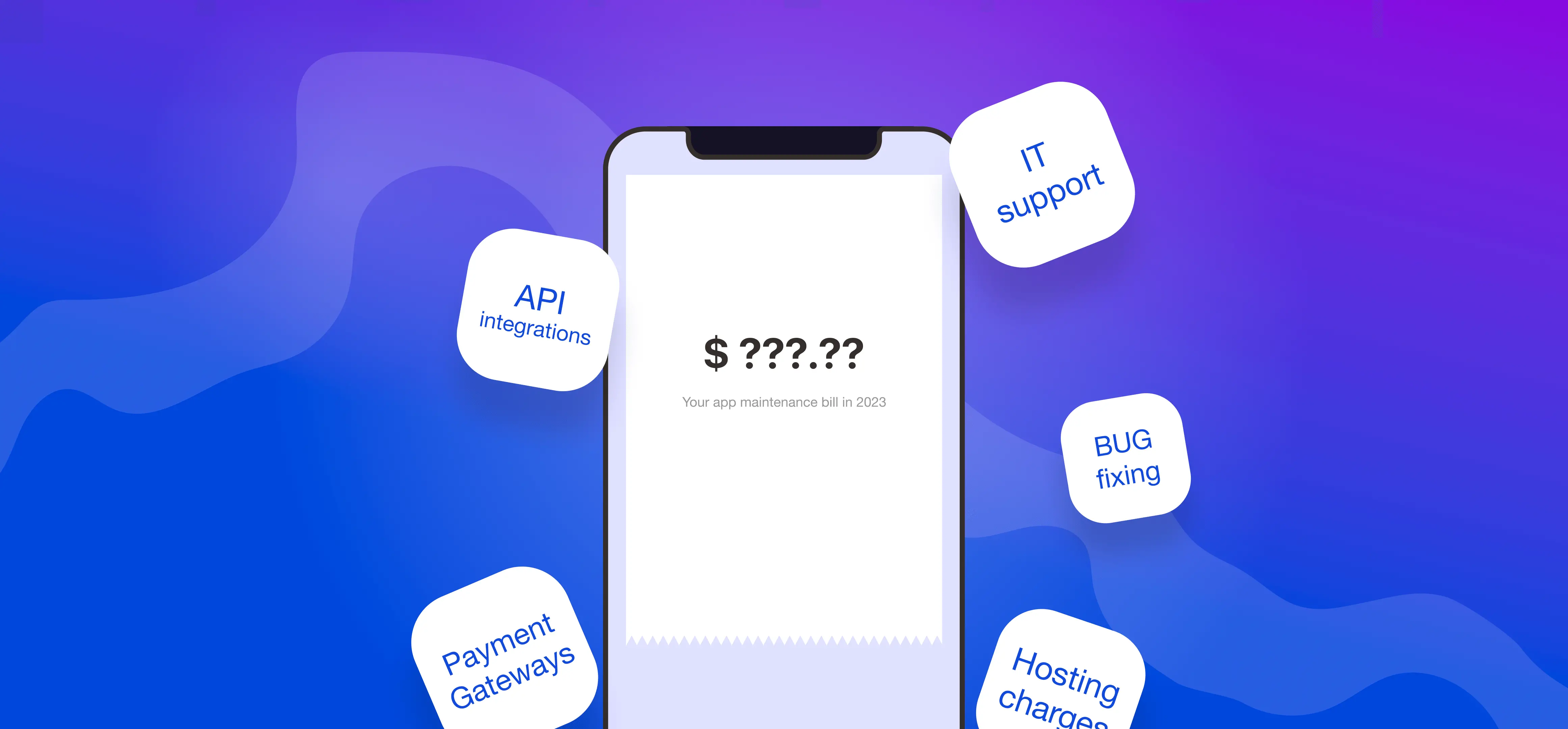What is Web 3.0
In short, Web 3.0 is the third generation of the internet. In the modern world, where there are giant monopolists of the Internet, and the personal data of users is greedily collected by everyone, the concept of a completely new network is emerging - Web 3.0.
What is it, why do we need it, and what changes are waiting for us in the future - we will tell you about everything in detail in this article.
Table of contents:
- The history of Web 3.0
- What is the Web 3.0 concept?
- Benefits of Web 3.0
- Examples of Web 3.0
- When will we get to the point of Web 3.0? Future predictions
The history of Web 3.0
Over the past few years, the opinion has spread on the Internet that the current concept of the Internet is outdated. Monopolists upload tons of information about their users, track their every move, and know more about people than their closest relatives. Every transaction is tracked. We are sitting ducks for the old sharks of the Internet. People are tired of this, and therefore a new era is coming. The era of the decentralized Internet.
Web 1.0
The concept of Web 1.0 appeared after the world moved on to the next stage of Internet development - Web 2.0. People began to notice that the experience of using the Internet was significantly transformed and now there were much more opportunities and comfort.
What has changed?
In the first version of the Internet, the average user did not have the opportunity to interact with the content. Those were the 90s when the whole Internet was like one big editorial office, where articles were written by the moderator, websites were published, and people, site visitors, could only read them.
It was a primitive time when CSS was not so popular, and HTML markup was not always observed. Pages were not supported by all browsers, you can not talk about adaptability at all - developers often left the recommended resolution at which all content is displayed correctly. And some sites had no markup at all and were issued in plain text as if you were reading a newspaper, but online.
There was no question of style either. Bright colors, everything is cluttered with content and contrasts. Web designers were just born then and it will take a dozen years until they grow up and begin to develop website layouts, pick up shades and learn how to build everything on a grid.
The only thing that made websites alive at that time was GIF animations. They brought at least some fun and interest.
However, the smooth development and transition to a new stage gave users the opportunity to interact with sites, write comments, and leave reactions. Upload and download content.
In this regard, Amazon acted very competently, because they immediately added the feedback function to their platform.

And so, briefly about Web 1.0:
- read-only sites;
- there is no interaction between the user and the site;
- primitive design;
- moderators publish the material, and users read it.
Web 2.0
Then Web 2.0 comes on the scene. 2004 is considered to be the official transition to a new generation of the Internet. However, Tim O'Reilly, a board member of Safari Books Online, Maker Media, PeerJ, Macromedia, MySQL AB, and Code for America, first spoke about this concept in 2005 in the article “What is Web 2.0”. He was the first to introduce a clear division of epochs and marked the beginning of a new era.
It is believed that Web 2.0 began in 2004 and continues to this day. It is unlikely that we will transition to a new era at the click of our fingers. No. It will take more than one year for us to transform the internet. However, it will definitely happen. It is already happening, to be more precise, and quite quickly.
Web 2.0 is simply:
- More interaction with websites;
- Users share their personal data;
- Sites collect data and show advertisements;
- Users can talk to each other;
- AJAX is here (the website is loaded partially and immediately, like Google maps);
- Users have no control over the data they share and big corporations may delete, change, hide or do whatever they want with the content;
- All the data is stored in centralized servers and given by the request.
What is the Web 3.0 concept?
The basic concepts of Web 3.0 were outlined by Jason Calacanis, a serial entrepreneur, angel investor, and podcaster. While there is no clear idea of what exactly the future of the network will look like, however, we can put forward and justify versions of what to expect from the new era of technology. However, Calacanis presented his vision of the future in 2007 and believes that a new space should arise from Web 2.0 to solve the main problems.
Jason considers the depreciation of resources and services to be the main problem: it is too easy to create a web service now, and there are even entire platforms that help to create your solution without programming knowledge. All this has led to a pattern and monotony of websites. Tim O'Reilly supported Calacanis' ideas at the time. In his opinion, Web 3.0 will begin, quote, "to interact with the physical world."
Defining characteristics of Web 3.0:
- Decentralization: data will be distributed among users, and not stored on single large servers, as is happening now. All the necessary data work will be performed on smartphones, laptops, and other gadgets of users. At the moment, there are technologies that could allow you to do this;
- AI and Machine Learning: our friends' bots will only develop and simplify our lives, as ChatGPT does, for example. There is an opinion that it is AI that will determine which ads to show you and which not. So marketers are obliged to understand the latest IT trends!
- Openness: the number of open-source software will increase. This will allow each user to understand the core of the program, create their own solution based on the existing one, and so on;
- Freedom: censorship is expected to be determined by the community, not by a single center;
- Ubiquity: the Internet will be in every corner of the world, and gadgets will distribute it just the same.
Benefits of Web 3.0
The main advantage of Web 3.0 is that now you are the sole owner of your data and the unique content that you create. In Web 2.0, everyone has the opportunity to download and use your content, but in Web 3.0, all information that enters the network has its own unique token (NFT). This makes it special, allowing you to be the sole owner, and the network to check for plagiarism.
But let's look at a few more advantages of Web 3.0:
- Fewer Intermediaries: Now all your transactions are being tracked. Who and where transferred the money, and to whose account. Everything goes through banks or companies that charge you a commission for transfers. However, this will not happen in Web 3.0, because everything is decentralized. Even the government shouldn't have access.
- Transparency: As mentioned earlier, there will be more open-source software. For those who are immersed in the topic of technology, this immediately makes it clear that progress will go even faster. Nowadays, most technologies and innovations are patented and do not disclose the source code. In Web 3.0, there will be much less such software, which will allow everyone to learn everything about the source code.
- Accurate Results: How long someone has been on a particular site will no longer affect which recommendations you receive. Artificial Intelligence will filter content, and advertising, and give you the most suitable specifically for you.
Examples of Web 3.0
- Blockchain:In fact, the decentralized blockchain is at the heart of the concept of the new version of the Internet Web 3.0. We have talked more about this technology in our article “How Blockchain Technology Will Revolutionize Health Care”
- Crypto:The currency of the new time. It is she who is not tracked by governments, or banks and allows for one-on-one payment.
- Metaverse:A fantastic concept of the future in which we can communicate with people from far corners of the world through virtual reality, hold meetings, attend exhibitions, concerts, and birthdays, and see relatives as if all this is happening live.
- NFT:Non-Fungible Token (NFT) - digital assets built on Blockchain. Those are the tokens that make your content unique.
When will we get to the point of Web 3.0? Future predictions
The transition will take place when decentralized networks become more convenient than classic ones.
Look at the picture right now: crypto is faster and cheaper than an ordinary payment. YouTube is more interesting than TV. News on social media appears earlier than on News.
Decentralization is a complex thing. We have to take into consideration that a blockchain isn’t super easy to make. A centralized database is faster and cheaper to develop than a blockchain. If corporations are able to maintain user confidence in their platforms, then decentralization may not be in demand by a wide range of users.
But still, a revolution is taking place right before our eyes.
Technologies are really developing in the direction of our
hypotheses in the near, perhaps not so far future, we will see
if we were right.







